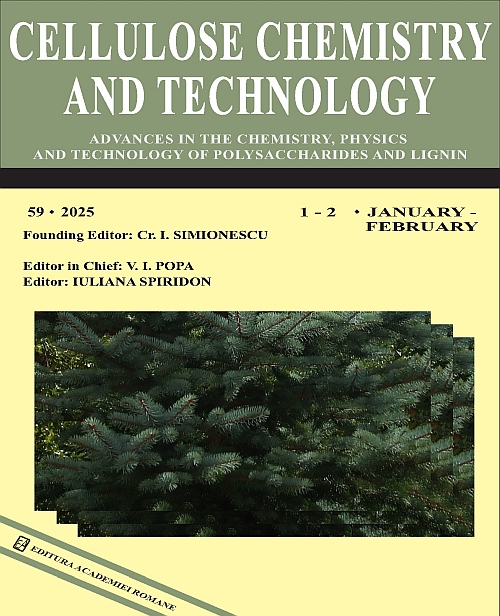|
Title
Application of experimental design for optimization of Malachite green removal by tetraethylenepentamine modified peanut husk composite beads
Authors
KAH-TONG CHAN, SIEW-TENG ONG and SIE-TIONG HA
Received
September 5, 2024
Published
Volume 59 Issue 1-2 January-February
Keywords
Malachite Green, tetraethylenepentamine, Plackett-Burman design, response surface methodology, peanut
husk
Abstract
Batch and experimental design experiments were performed in this study to assess the effectiveness of chemically
modified peanut husks (tepaPH) beads as a sorbent for Malachite Green (MG). For the identification of the functional
groups on tepaPH (before and after adsorption), IR spectrum analysis was performed. Surface analyses were performed
by using atomic force microscope and scanning electron microscopy. The effectiveness of tepaPH in the removal of MG
was studied under different experimental conditions, varying the agitation rate, initial MG concentration, contact time,
pH, and contact time. The experimental results revealed that the kinetics of the MG adsorption process can be reasonably
explained by the pseudo-2nd-order kinetic model. From the linearized Langmuir isotherm equation, the maximum
adsorption capacity for MG by tepaPH beads was calculated to be 9.6339 mg/g. The isotherm data were fitted into various
isotherm models’ equations and the Freundlich isotherm model appeared to provide reasonable fitting with high R2 values.
The adsorption model was optimized by using statistical tools, such as Plackett-Burman design and response surface
methodology. Under the optimum conditions (0.6 g of tepaPH, 50 mg/L of MG dye concentration and 480 minutes contact
time), a high percentage uptake of MG, of 93.98%, was achievable.
Link
https://doi.org/10.35812/CelluloseChemTechnol.2025.59.19
|



